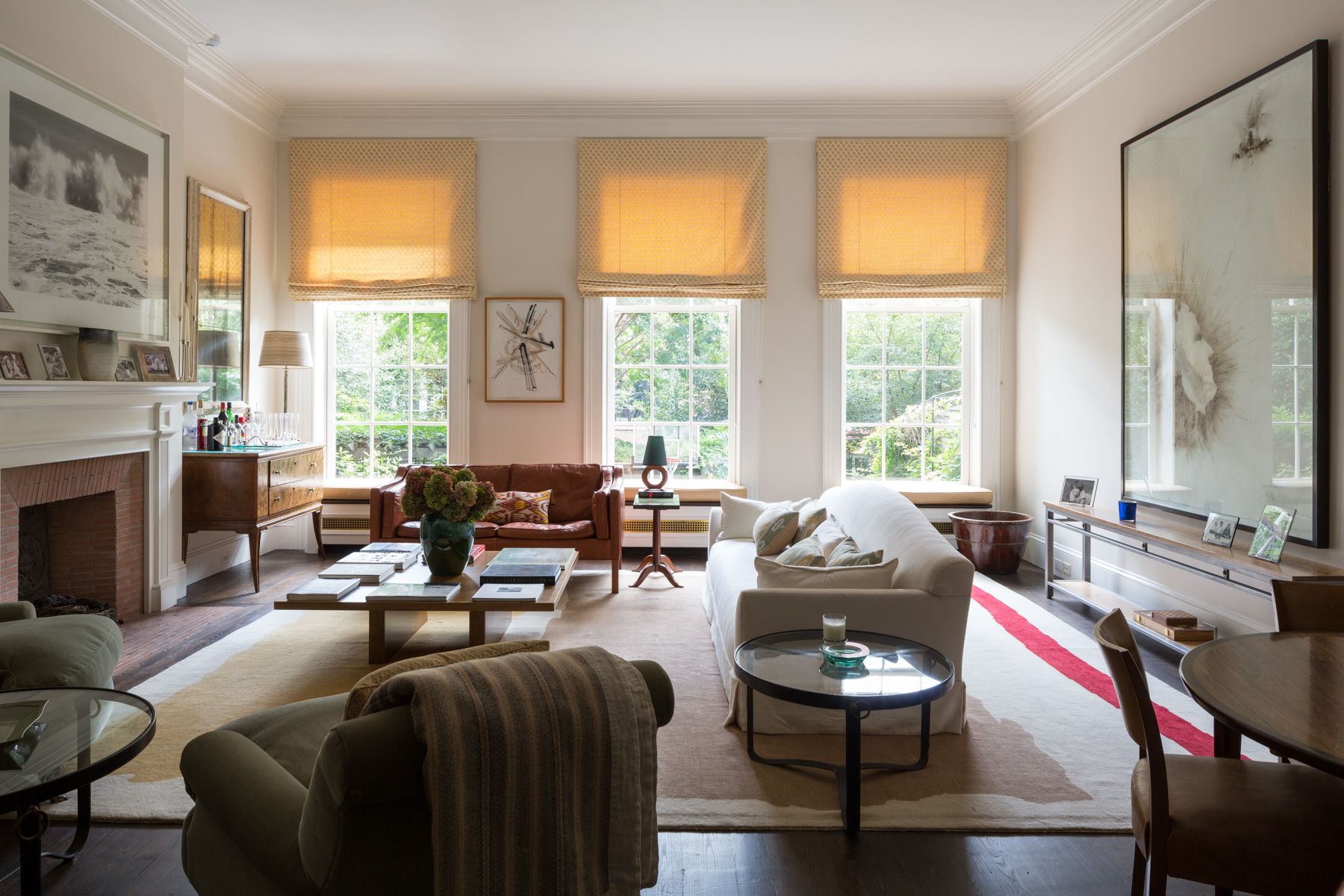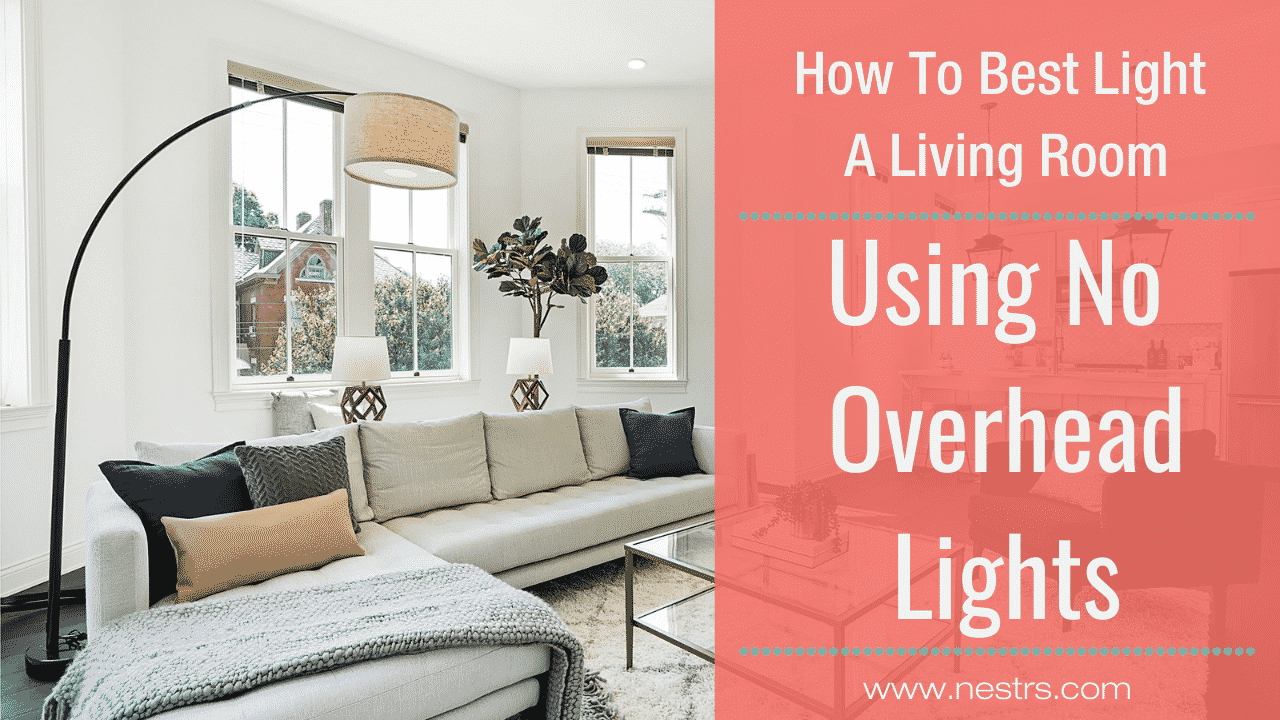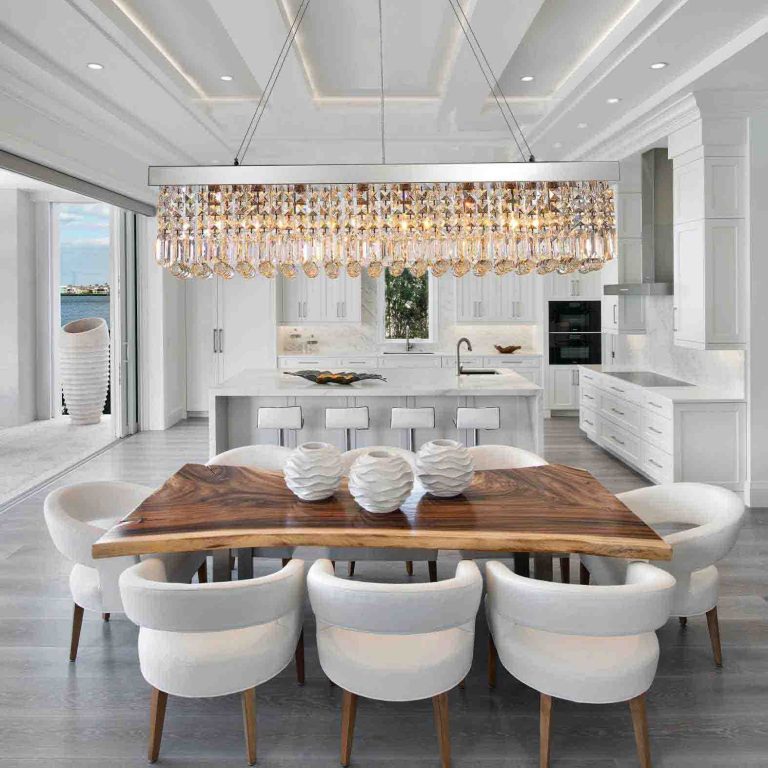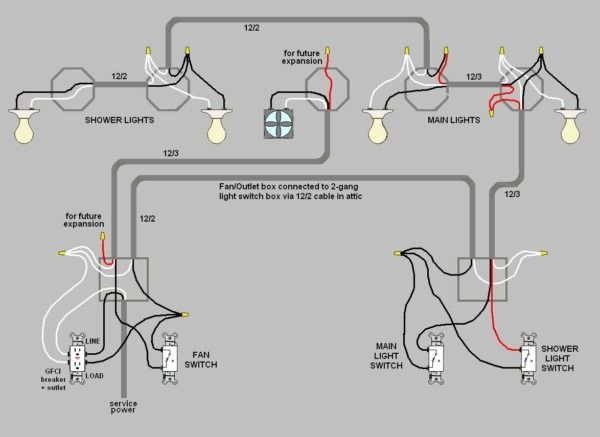How to Light a Living Room With No Overhead Lighting: Expert Tips
How to light a living room with no overhead lighting? Use floor lamps, table lamps, wall sconces, and LED strip lights to light a living room without overhead lighting. Place lamps in corners for even distribution, use mirrors to reflect light, and choose warm bulbs for a cozy feel. Layer different light sources to enhance brightness and depth.
But don’t worry, you’re not alone, and there are plenty of ways to illuminate your space beautifully. Lighting is essential for setting the mood and functionality of any room, and without overhead lights, it might seem challenging. However, with a few clever tricks, you can transform your living room into a well-lit haven.
Does your living room feel like a cozy cave, or do you want to showcase your favorite art pieces and create a welcoming atmosphere? You’re about to discover simple yet effective techniques that will make your living room shine brighter than ever. By the end of this guide, you’ll not only have a well-lit space but also a stylish and inviting area that reflects your personality. Let’s turn your lighting dilemma into an opportunity for creativity and flair.
How to Light a Living Room With No Overhead Lighting?
Layered Lighting Techniques
Brighten your living room without overhead lights using layered lighting techniques. Combine floor lamps, table lamps, and wall sconces for a balanced glow. Position lights strategically to highlight features and create a cozy ambiance.
Layered lighting techniques can transform your living room into a cozy and functional space, especially when overhead lighting is not an option. By layering different types of light sources, you can create a well-lit room that caters to various activities and moods. Imagine reading a book in a soft glow or hosting friends with a warm, inviting atmosphere.
Task Lighting
Task lighting focuses on illuminating specific areas where you perform activities like reading, writing, or working on a craft. Table lamps and floor lamps are excellent choices. Place them strategically near your reading chair or desk to avoid eye strain. My favorite reading nook brightens up with a simple yet stylish table lamp I found at a flea market. It adds personality and serves a practical purpose.
Read More: How Many Can Lights in a 20X20 Room? Illuminate Perfectly
Accent Lighting
Accent lighting highlights specific features in your living room, such as artwork, plants, or architectural details. This type of lighting adds depth and dimension to your space. You can use spotlights, picture lights, or LED strips. Consider placing a spotlight on your favorite painting or a beautiful vase to draw attention and add a touch of drama.
Ambient Lighting
Ambient lighting serves as the primary source of light, creating an overall illumination without focusing on a particular spot. Use floor lamps, wall sconces, or string lights to achieve this effect. A friend of mine used string lights draped along the ceiling edges, instantly creating a warm, cozy atmosphere that made her living room feel like a welcoming retreat.
Reflective Surfaces
Utilize mirrors and reflective surfaces to enhance the light in your room. Mirrors can double the amount of light by reflecting it across the space. Hang a large mirror opposite a window or next to a lamp for maximum effect. A strategically placed mirror in your living room not only boosts brightness but also makes the room appear larger.
Dimmer Switches
Installing dimmer switches can be a game-changer for controlling the mood and brightness of your room. They allow you to adjust the light levels according to your needs and time of day. Imagine dimming the lights for a movie night or brightening them for a family game session. If you’re looking for flexibility, dimmer switches are worth considering.
What lighting combination would best suit your living room activities? Experiment with these techniques and see your space come alive.

Credit: www.rowabi.com
Utilizing Floor Lamps
Floor lamps provide a stylish solution for living rooms lacking overhead lighting. They create warm, inviting spaces while offering flexibility in placement. Choose adjustable designs to direct light where needed, enhancing both ambiance and functionality.
Lighting a living room without overhead lighting might seem daunting, but it’s entirely possible with the strategic use of floor lamps. They are versatile, stylish, and functional. Floor lamps can transform your space, adding both light and style without needing complex installations.
Read More: Can You Light a Candle in a Hotel Room? Safety Tips
Choose The Right Type Of Floor Lamp
Selecting the right type of floor lamp is crucial. Think about what you need—task lighting for reading, ambient lighting for a cozy atmosphere, or accent lighting to highlight certain areas. Consider a torchiere floor lamp for overall illumination, or an arc lamp that can swing over a sitting area. Each style has its unique features and benefits.
Positioning For Maximum Effect
Where you place your floor lamps can greatly affect the room’s ambiance. Try placing a floor lamp in the corner to bounce light off the walls and ceiling, creating a soft, diffused glow. Have you ever tried layering lighting? Use multiple lamps at different heights to achieve a balanced and inviting look.
Experiment With Lampshades And Bulbs
The type of lampshade and bulb you choose can change the quality of light in the room. A white or light-colored shade will emit brighter light, while a darker shade creates a more subdued ambiance. Consider energy-efficient LED bulbs; they come in various color temperatures, letting you tailor the mood of your living room.
Combining Floor Lamps With Other Light Sources
Floor lamps don’t have to work alone. Combine them with table lamps, wall sconces, or even string lights for a layered lighting effect. This not only enhances the room’s functionality but also adds depth and texture. Have you thought about how the blend of different light sources can create a dynamic living space?
Floor Lamps As Design Elements
Beyond their practical use, floor lamps can also be a statement piece in your living room. Choose a lamp that complements your décor style—be it modern, rustic, or eclectic. A unique lamp design can be a conversation starter and elevate the aesthetic of your room. Have you ever found a piece of furniture that not only serves a purpose but also adds character to your home? Floor lamps can be exactly that.
Incorporating Table Lamps
Living rooms without overhead lighting can feel dim and uninviting. Table lamps offer a stylish solution. They provide flexibility and ambiance. Their varied designs can complement any decor. By strategically placing table lamps, you can transform your living room’s atmosphere.
Choosing The Right Table Lamp Style
Choose table lamps that match your room’s decor. A modern lamp suits contemporary spaces. A vintage-style lamp adds charm to traditional settings. Opt for lamps with unique textures or colors for an artistic touch. Consider the lamp’s base and shade. These elements impact the overall look.
Placing Table Lamps Strategically
Place table lamps on side tables or shelves. This ensures even light distribution. Position lamps near seating areas for focused light. Use taller lamps for larger spaces. Shorter lamps are ideal for cozy corners. Experiment with placement until you achieve the desired ambiance.
Maximizing Light Output
Use high-wattage bulbs for brighter illumination. LED bulbs are energy-efficient and long-lasting. Choose warm or cool tones based on your preference. Pair lamps with reflective surfaces like mirrors. This enhances light reflection and brightness. Lamps with adjustable necks offer versatility in directing light.
Adding Layers With Multiple Lamps
Incorporate multiple table lamps for layered lighting. This creates depth and dimension. Use different lamp heights for visual interest. Combine with floor lamps or wall sconces for balance. This layered approach prevents harsh shadows. It also adds warmth to the room.

Credit: stylebyemilyhenderson.com
Enhancing Ambiance With Wall Sconces
Lighting a living room without overhead fixtures can be tricky. Wall sconces offer a stylish solution. They enhance ambiance and create a cozy atmosphere. Their design adds character to your space. Wall sconces can be the focal point or complement existing decor. Let’s explore how they can transform your living room.
Creating A Warm Glow With Soft Light
Wall sconces provide soft, indirect light. This creates a warm glow. It’s perfect for relaxing evenings. Place sconces at eye level for best results. This avoids harsh shadows and bright spots. Use bulbs with warm tones to enhance coziness.
Highlighting Artwork And Decor
Sconces are great for highlighting art. They draw attention to paintings and sculptures. Position them strategically. This enhances the visual appeal of your decor. Sconces can also illuminate shelves and plants. This adds depth to your living room.
Choosing The Right Style For Your Space
Wall sconces come in various styles. Pick one that matches your room’s theme. Modern sconces suit sleek interiors. Rustic designs fit traditional spaces. Consider materials and finishes. They should complement your furniture and color scheme.
Installing Wall Sconces Safely
Safety is key when installing sconces. Ensure they are mounted securely. Hire a professional for electrical work. Choose locations away from flammable materials. Follow manufacturer instructions closely. This prevents accidents and damage.

Credit: www.pooky.com
Frequently Asked Questions
How To Light A Living Room With No Ceiling Lights?
Use floor lamps to brighten corners. Place table lamps on side tables. Utilize wall sconces for ambient lighting. Add LED strip lights behind furniture. Decorate with fairy lights for a cozy feel.
Do You Need Overhead Lighting In A Living Room?
Overhead lighting isn’t strictly necessary for a living room, but it enhances visibility and ambiance. Consider using layered lighting with floor lamps, table lamps, and wall sconces for flexibility. This setup provides a cozy, inviting atmosphere and meets various lighting needs, making it a practical choice for most living spaces.
How To Do Recessed Lighting In A Living Room?
Install recessed lighting by planning the layout and choosing the right fixtures. Mark positions and cut holes in the ceiling. Connect wiring to each light and secure fixtures in place. Test the lights to ensure proper functionality, creating a cozy ambiance in your living room.
Is There Such A Thing As Wireless Lighting?
Yes, wireless lighting exists. It uses technologies like Wi-Fi, Bluetooth, or Zigbee for control. These systems allow remote operation via smartphones or voice assistants, offering convenience and flexibility. They are energy-efficient, easy to install, and ideal for smart home integration.
How Can I Brighten A Room Without Overhead Lights?
Use floor lamps for ambient light. Add table lamps for task lighting. Combine with wall sconces for balance.
Conclusion
Transforming your living room without overhead lighting is simple. Use floor lamps for a cozy glow. Place table lamps on side tables or shelves. Add wall sconces for extra brightness. Consider LED strip lights under furniture. These options create a warm atmosphere.
Experiment with light placement and bulb types. Each choice affects your room’s mood. Mixing light sources offers variety and depth. Your living room will feel inviting and stylish. Enjoy your newly lit space!







